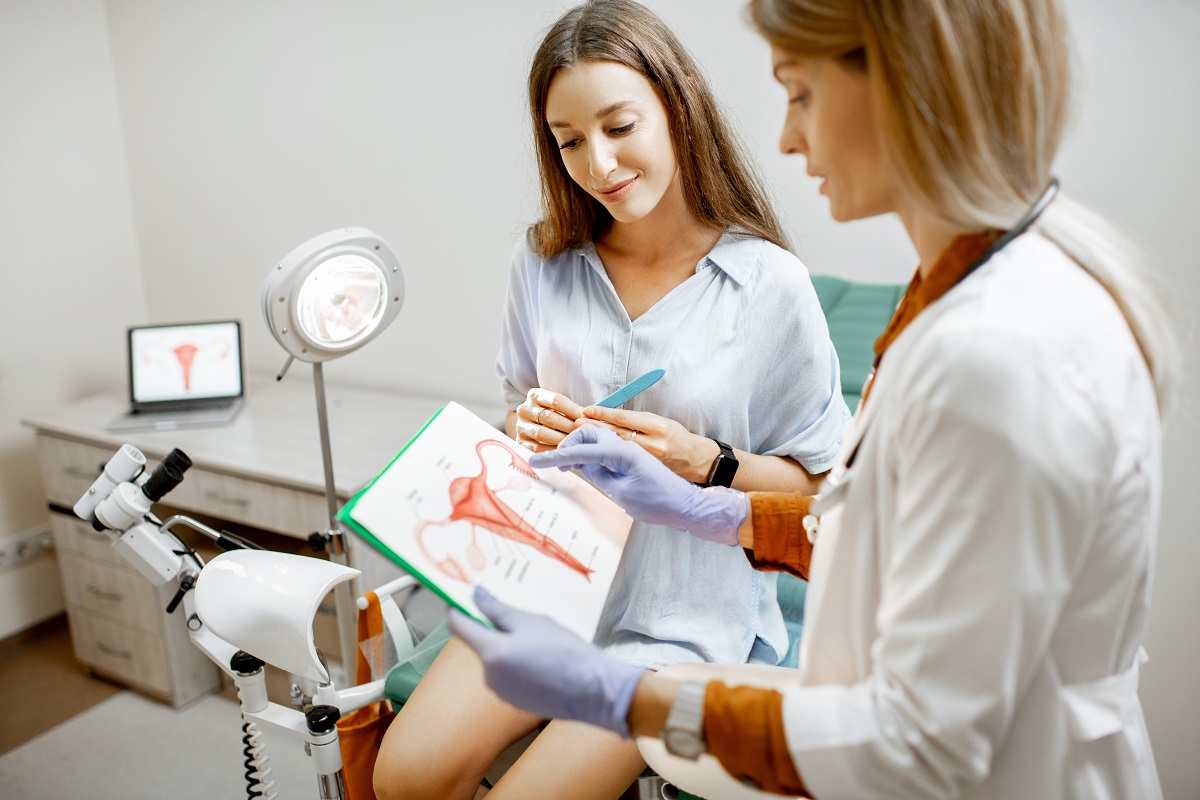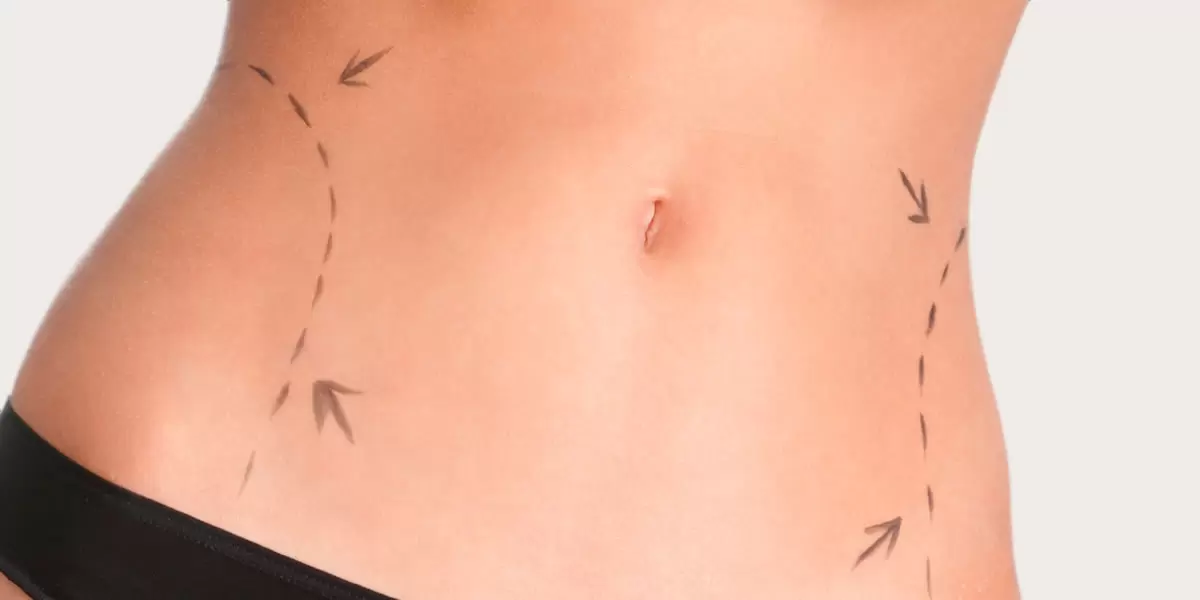The problem with infertility is a matter of concern and it is the disorder of male or female reproductive system due to its inability to conceive after 12 months or more. But people now discuss about infertility issues openly and the specialised method known as Intracytoplasmic Sperm Injection ICSI may be performed for the birth of baby. This procedure may be chosen in cases of male infertility due to low motility, low sperm count, azoospermia, erectile issues or infertility that has no specific reason.
Even before the sperm of a man can fertilize egg of a woman, the sperm head must get attached to the outside of egg. Once it is attached, the sperm pushes through outer layer to the inside of egg known as cytoplasm where the fertilization takes place.
How ICSI works
You will find two ways how an egg can be fertilized by IVF and they are – traditional and ICSI. The traditional IVF means 50,000 or more swimming sperm get placed next to egg in the laboratory dish. Fertilization takes place when one of the sperm enters into cytoplasm of egg. On the other hand, for ICSI process, there is a small needle called micropipette which injects a single sperm into the center of egg. When you choose either ICSI or traditional IVF and fertilization takes place, the fertilized egg known as an embryo grows in the lab for at least 1 to 5 days before it is being transferred to woman’s uterus.
Why you require ICSI
ICSI can help to overcome different fertility problems which include:
- Your male partner produces very few sperm for artificial insemination or IVF
- The sperm may have some trouble for attaching to the egg
- The sperm might not shift in a normal way
- Eggs are not fertilized with traditional IVF, despite the condition of sperm
- In vitro matured eggs are used
- There can be a blockage in male reproductive tract which can prevent sperm from getting out.
- Previously frozen eggs can be used
Will ICSI work?
ICSI can fertilise almost 50% to 80% of eggs though these problems may occur either during or after the procedure:
- Some or all eggs may get damaged
- The embryo may stop growing further
- Eggs might not grow into the embryo even after it has been injected with sperm
When the fertilization occurs, there is every chance for a couple to give birth to a baby or twins or say, triplets when they have IVF, with or without ICSI.
How ICSI affect the development of a baby
When a woman becomes pregnant in a natural way, there is 1.5% to 3% chance that the baby can have a major birth defect. The probability of birth defects is related to ICSI which is similar to IVF though somewhat higher than natural conception.
The slightly greater risks of birth defects may occur due to infertility problem and not treatments used to overcome infertility. Certain conditions are associated with using ICSI such as – Angelman syndrome, Beckwith-Wiedemann syndrome, hypospadias, or sex chromosome abnormalities. Some problems that lead to infertility may be genetic. For example, male children conceived with using ICSI may have same infertility problems as their fathers.
How to perform ICSI procedure successfully
- Stimulation of ovaries – Woman’s ovary produces one egg every month with menstrual cycle normally. But several eggs should be extracted in order to make ICSI success rate better. So, stimulation of ovaries is essential to make more than one egg accessible. During the procedure, a woman gets hormone injections for nearly 8 to 14 days to encourage ovaries for delivering mature eggs.
- Retrieval of sperm and egg – Several eggs can be extracted from a woman’s ovaries with the help of a thin needle and ultrasonography probe. Though egg retrieval process is not painful, it may lead to minor soreness or bruising. In case of sperm retrieval process, either the man gives a sperm sample by ejaculating into a cup or sperm is removed in a surgical way. There are cases when sperm retrieval surgery is done early and sperm gets frozen till the procedure.
- Fertilisation – After collecting semen sample, it is washed and single sperm is extracted. A sperm will then be injected directly into an egg with a thin needle. This lessens the need for sperm to swim through cervical fluid. The sperm might require nearly 24 hours for fertilising egg and producing embryo.
- Development of embryo – The fertilised embryos are kept in the laboratory for almost 6 days to observe their development. As every fertilised embryo will not be placed in the woman’s womb, this stage is vital for choosing the most viable embryos.
- Transfer of embryo – One or two embryos will be selected and then transferred to woman’s womb with ultrasound catheter when embryo reaches a certain stage of development. This stage may take two or five days after the fertilisation. Two weeks after fertilized egg gets transferred to your womb, you can take a pregnancy test.
With ICSI treatment, the infertile couples can have a genetic child, particularly when your male partner is infertile. The procedure has a greater success rate and lessens the risks of infants suffering from mental or physical problems. Thus, consult with the gynae expert at a gynaecology clinic for women’s health issues and give birth to a healthy baby.





